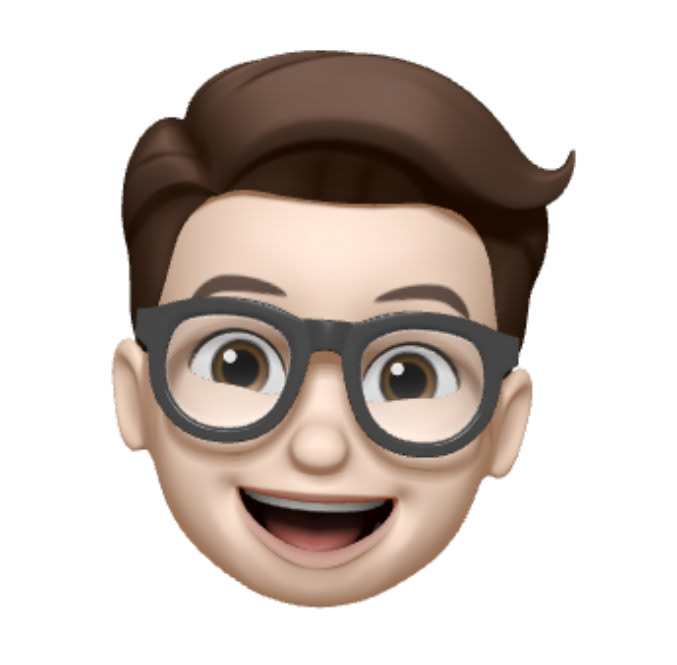Week 4 James Turrell Dr Ross McLeod Light & Perception
In week 4, Dr. Ross Mcleod present James Turrell works. Eyes are most important perceptual organs, and light is the way of people's perception. Eyes can deceive brain. James Turrell, he uses the light to create artworks and bring a fantastic experience to the audience.
Destination:: Shrine of Remembrance
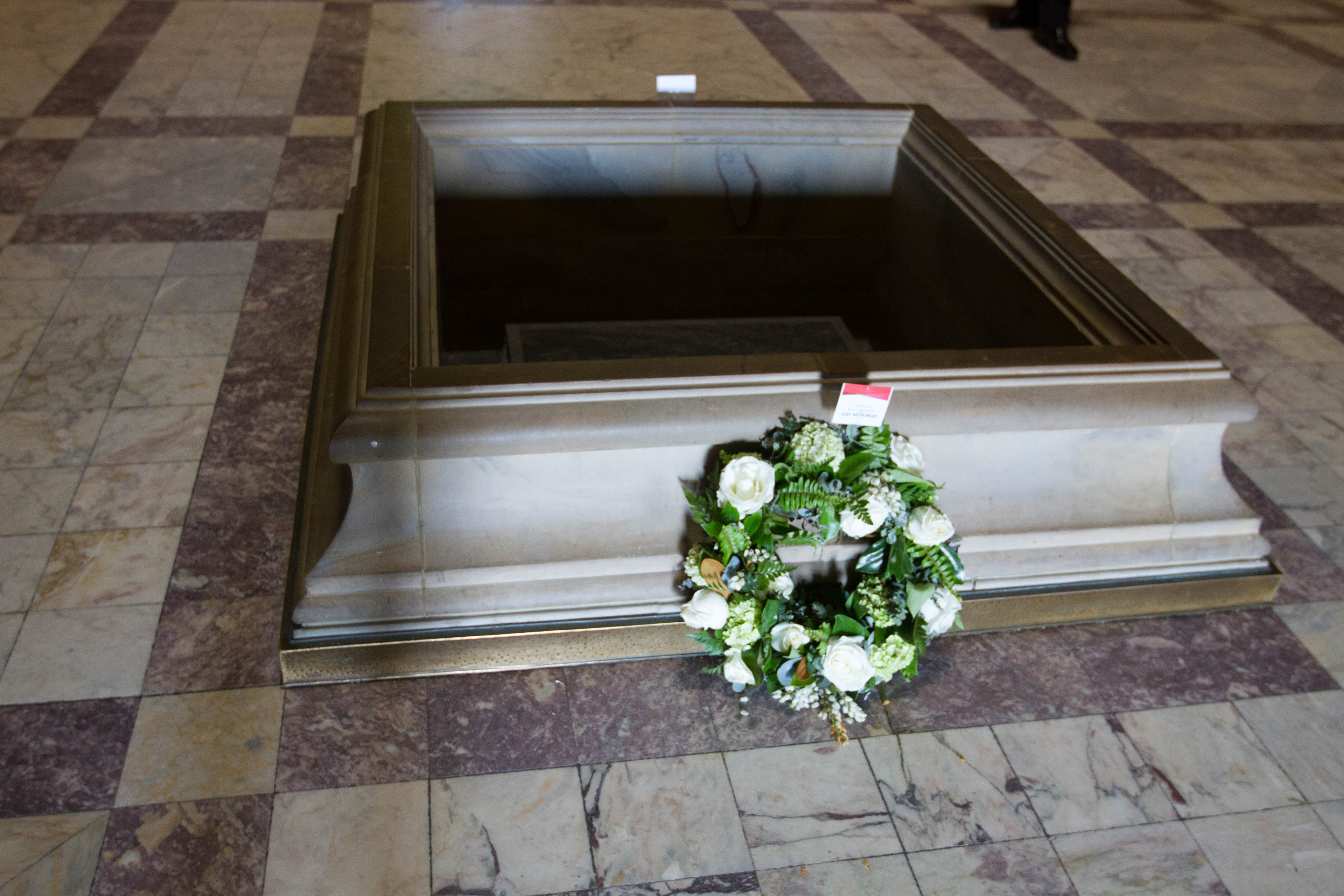
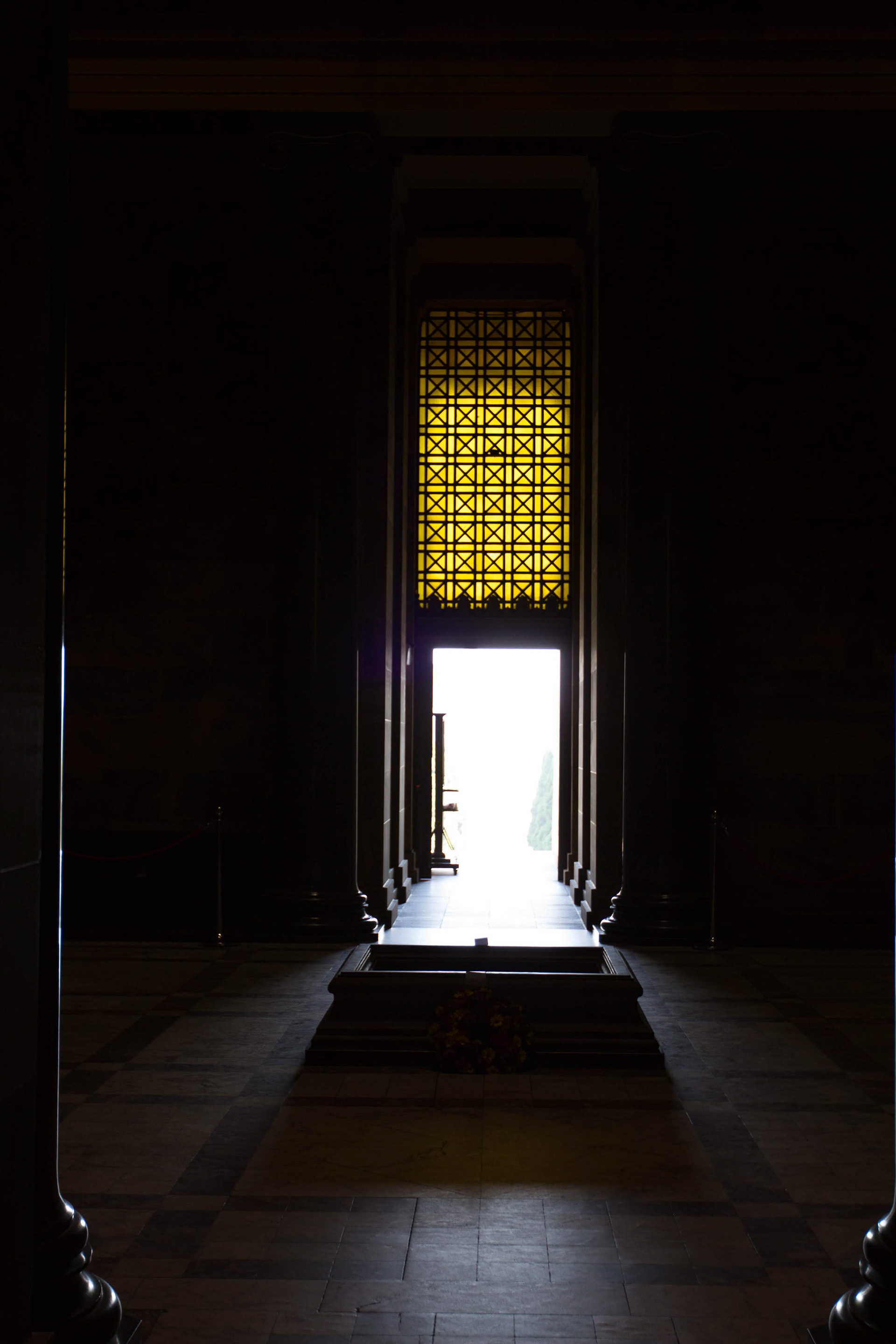
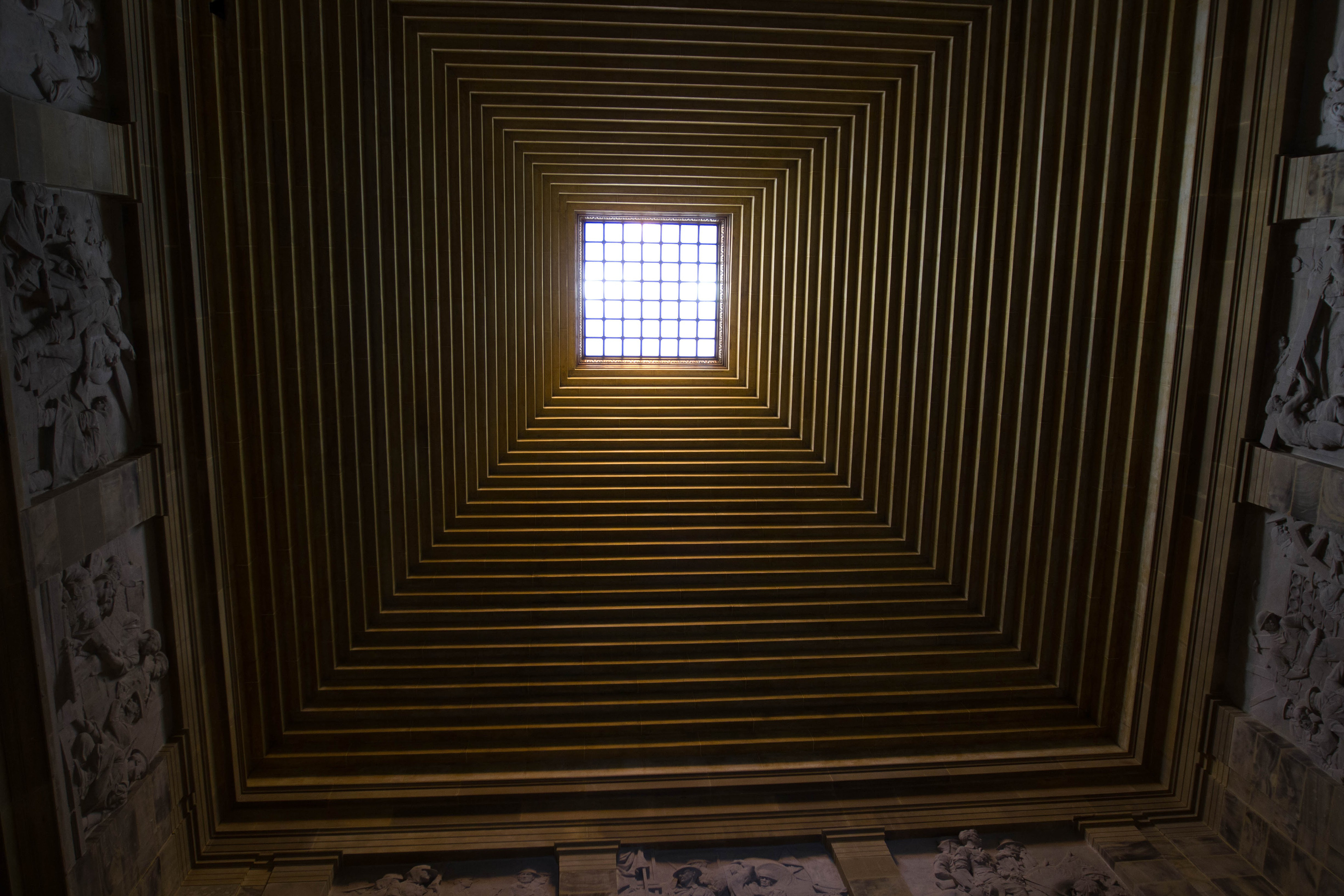
The first destination is the main room of the Shrine of Remembrance. When at 11 am, it has 1-minute silent service. In this time, the light will project onto a stone. The light moves slowly for the dead. In this site, light gives people sense of hope feeling, and create a solemnity atmosphere. Light can be affect mood and build atmosphere.
ST Patrick’s Cathedral



The second destinations is ST Patrick’s Cathedral. When I went to there , the church inside is stun, outside light through the glass become golden colour laid on the church, the whole room is bright and feel worm. And with very high celling. light give feeling of strong and religious significance.
Prototype
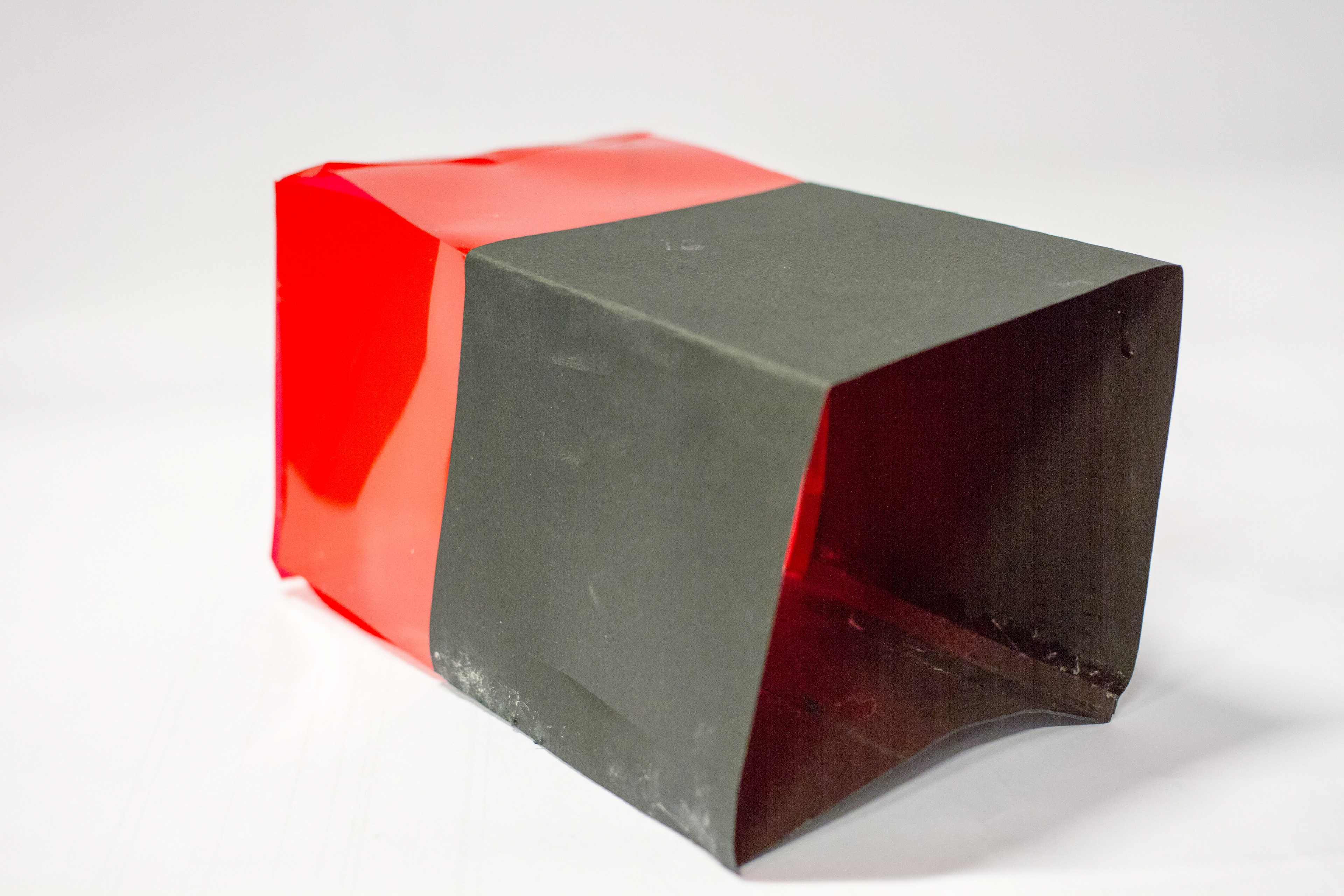
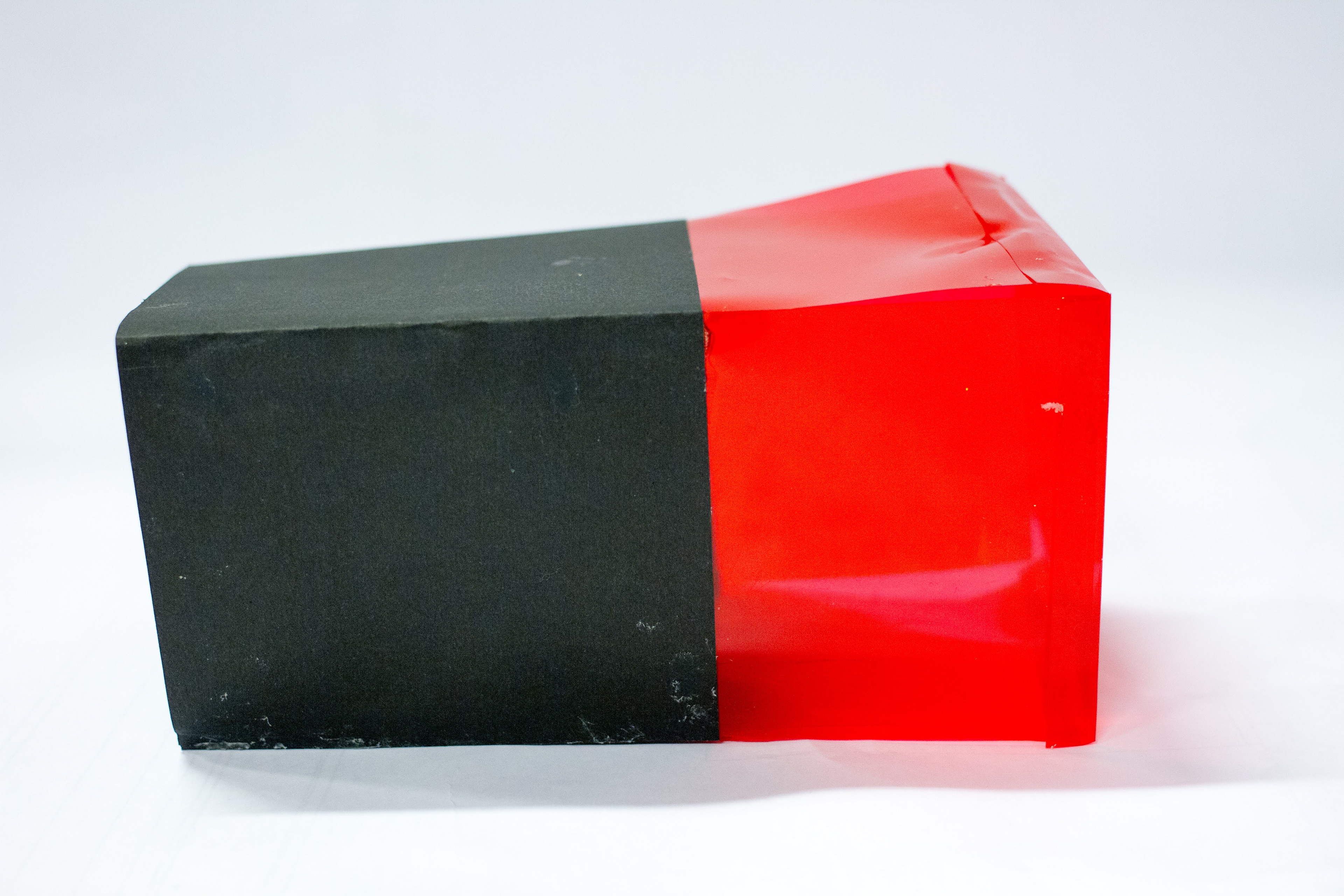
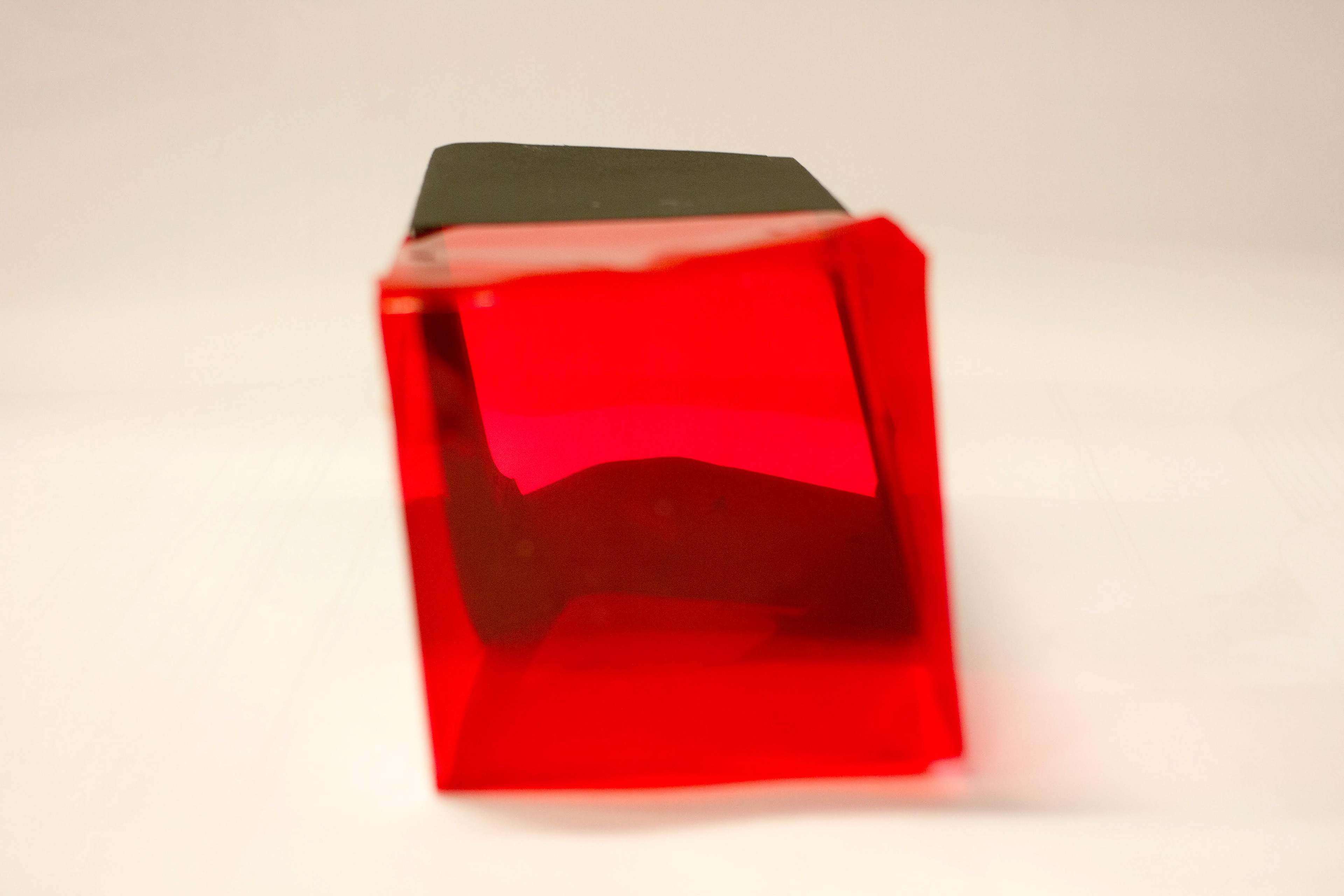
This model made before I went to the destinations. I am very interested in James Turrell wors: Immersive Light which blurred the space boundary, the audience lost perception of dimensions.
I based this concept to made this model.
I based this concept to made this model.
Final MODEL

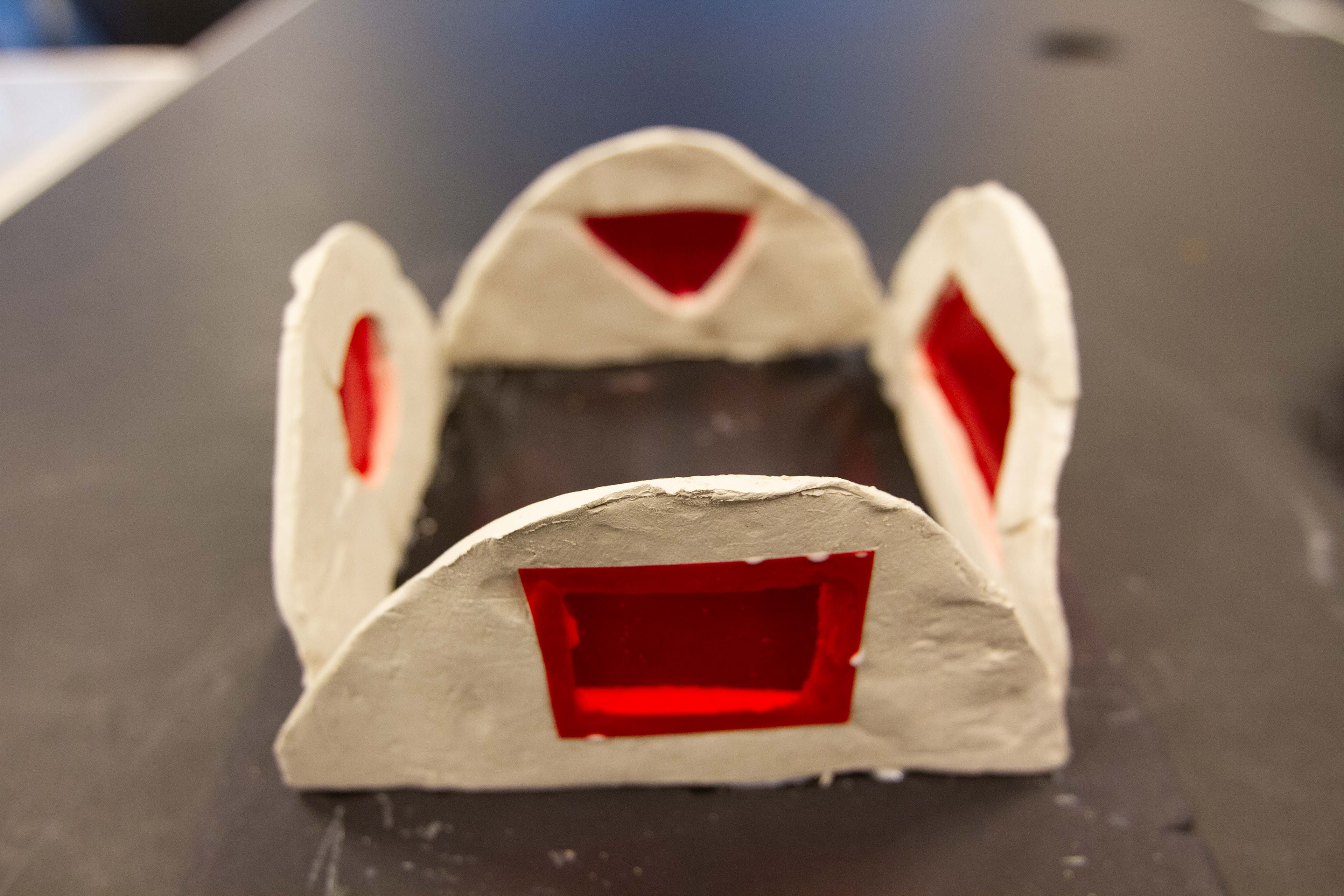

After visited After visited the destination, I learned light can use for many purposes, it can create atmosphere; effect mood; used for religious.
I used clay made four sides, made this shape I want to convey a sense of majesty, four simple shape indicates a religion.
I used clay made four sides, made this shape I want to convey a sense of majesty, four simple shape indicates a religion.
Week 5 The London Underground Dr Anthony Fryatt
Destination: MELBOURNE CITY LOOP
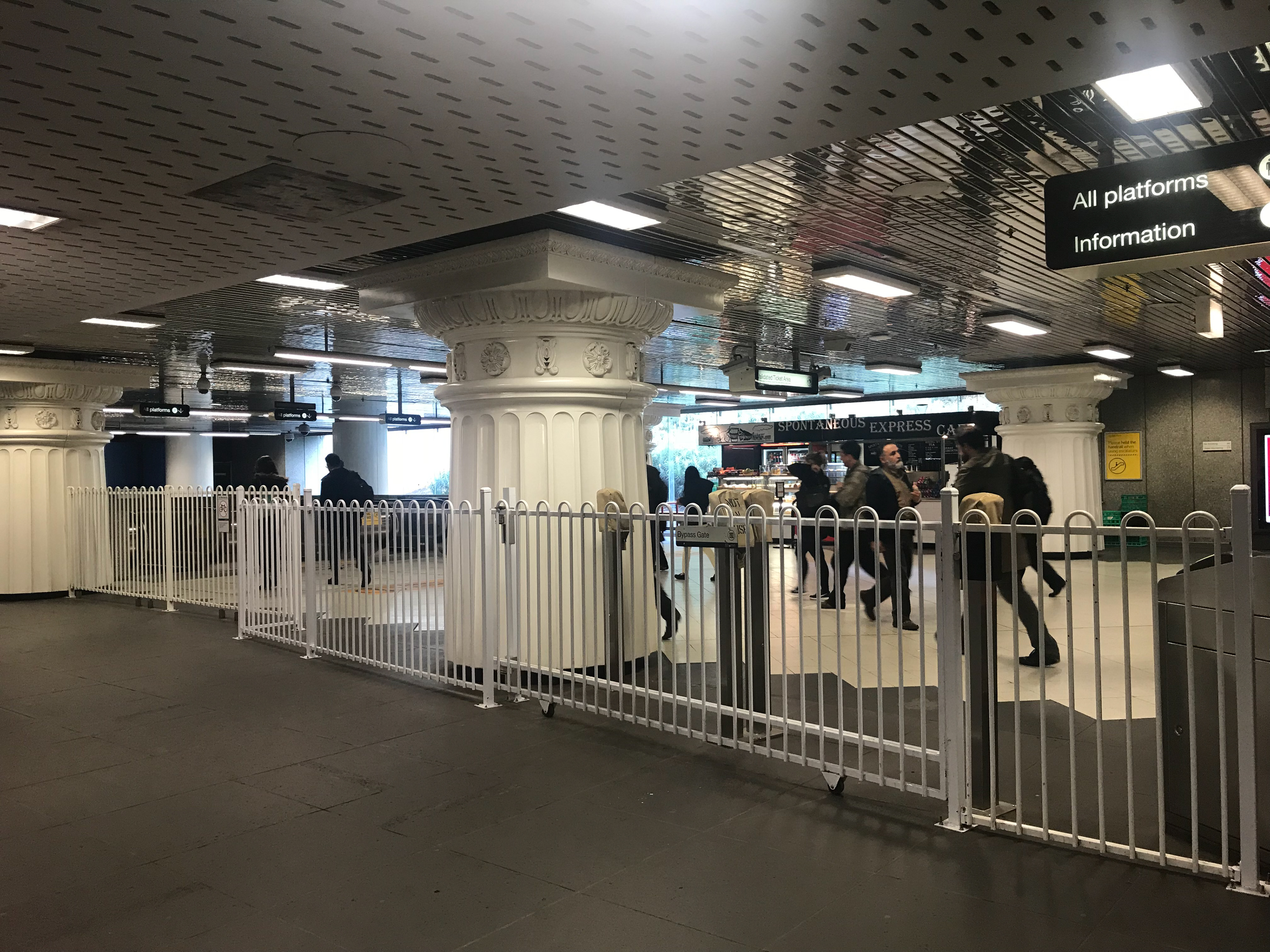

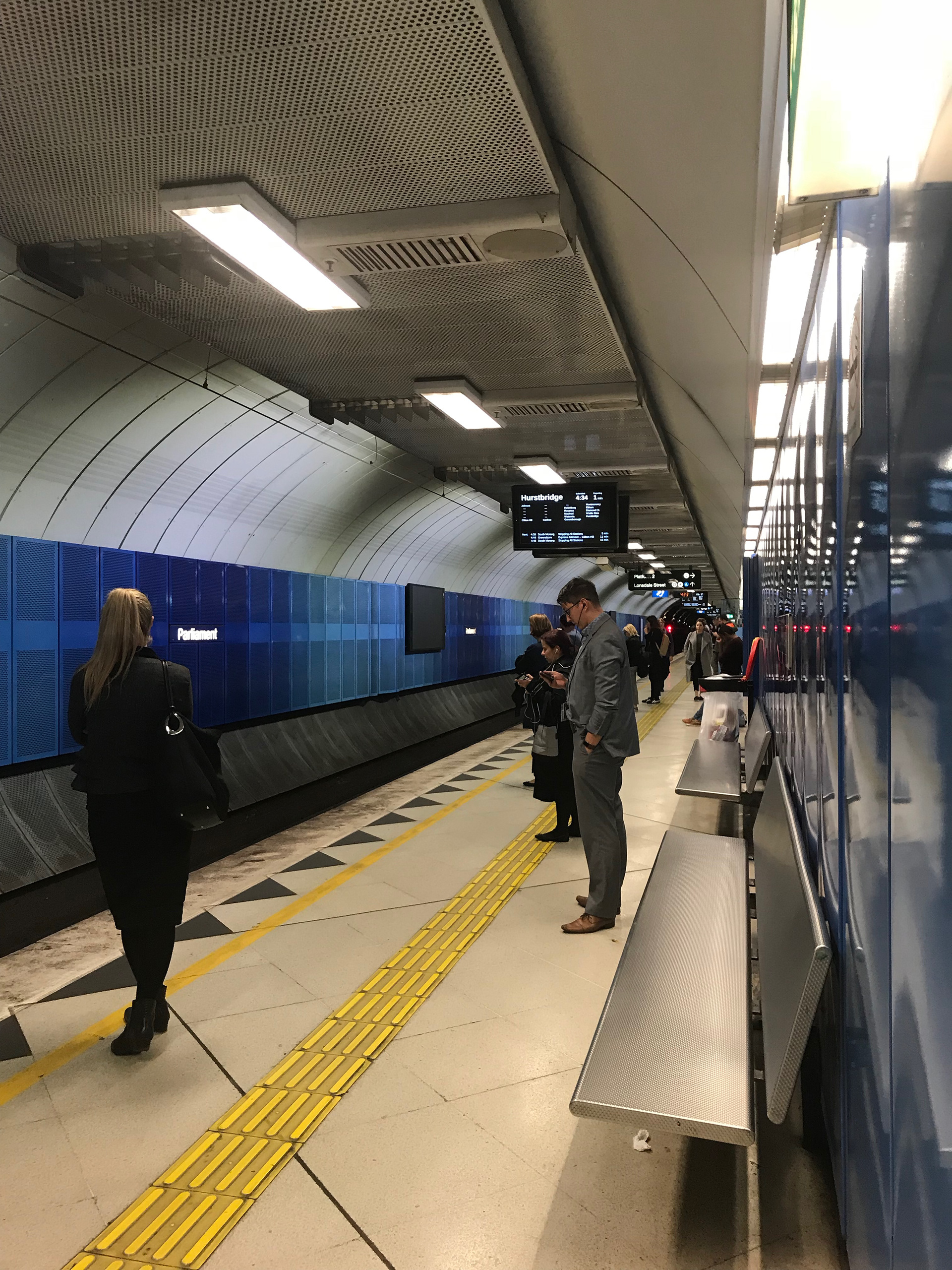
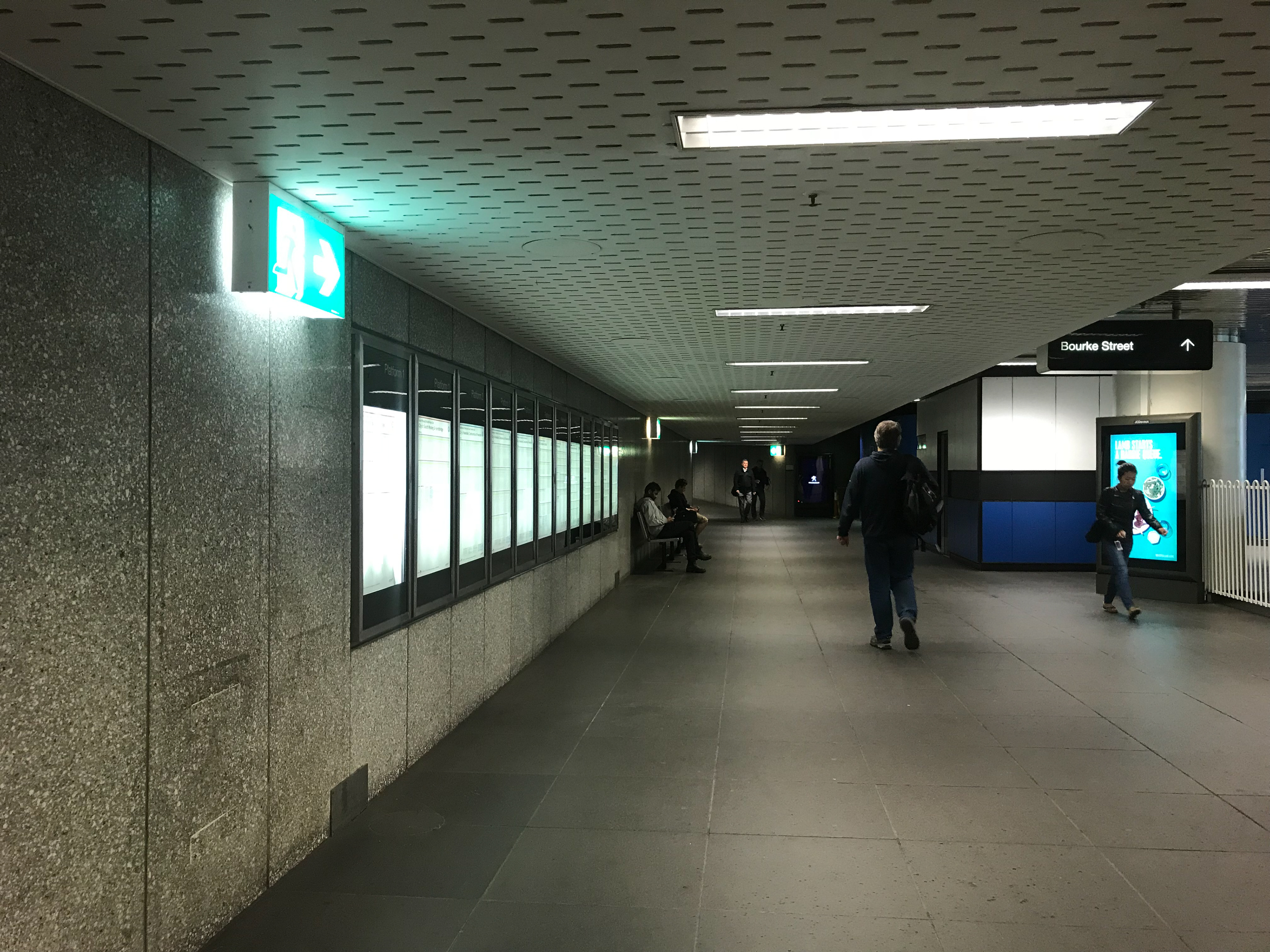
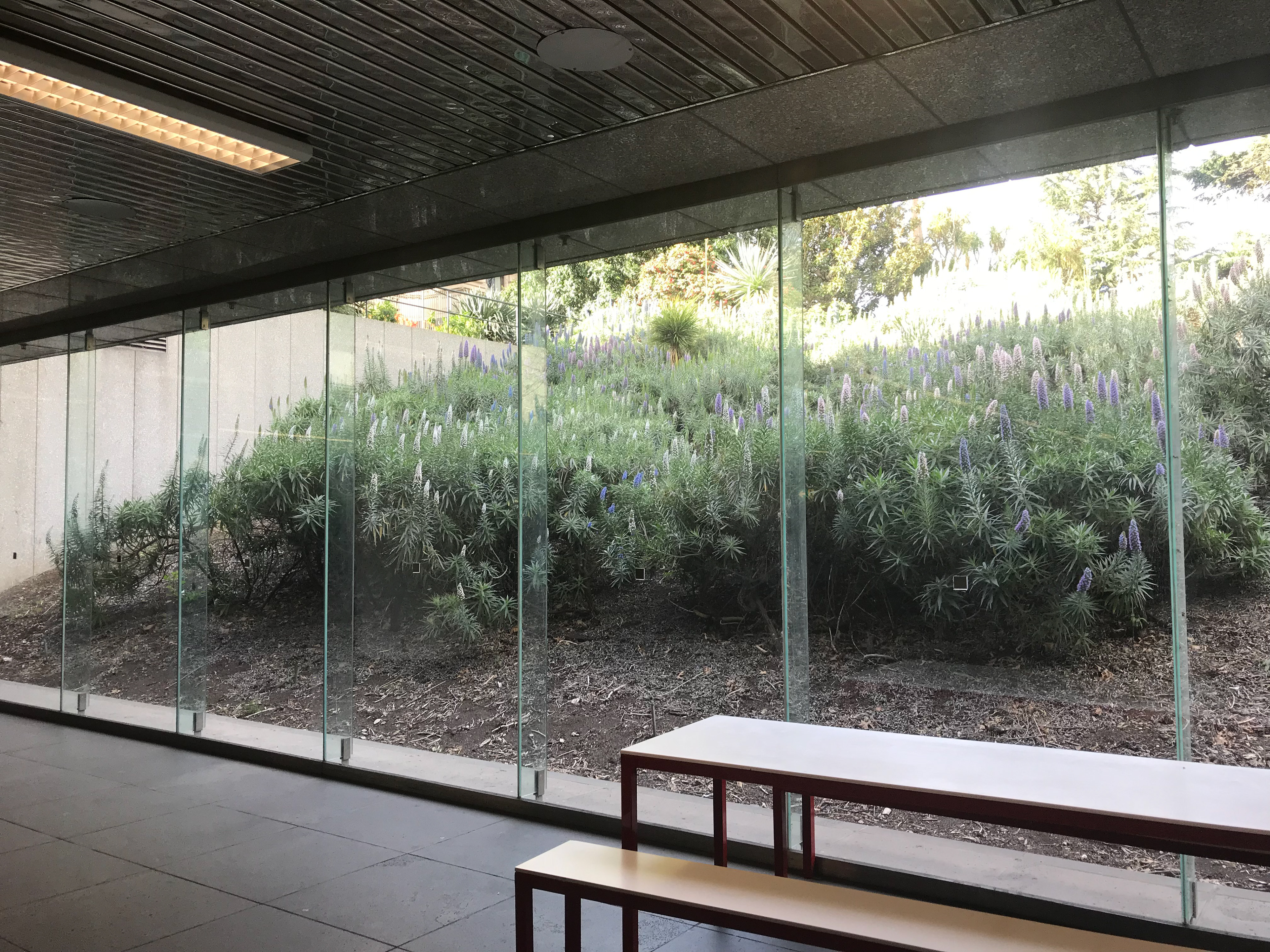

The London underground transport massive people every day.
Underground have the unique interior of dimensional space, the transit movement between dots and lines.
In Flatland, showing different dimension relationship.
Campbell Arcade located in the underground, which has market and exhibition, it is like transfer station between real-world and underground
Underground have the unique interior of dimensional space, the transit movement between dots and lines.
In Flatland, showing different dimension relationship.
Campbell Arcade located in the underground, which has market and exhibition, it is like transfer station between real-world and underground
MODEL
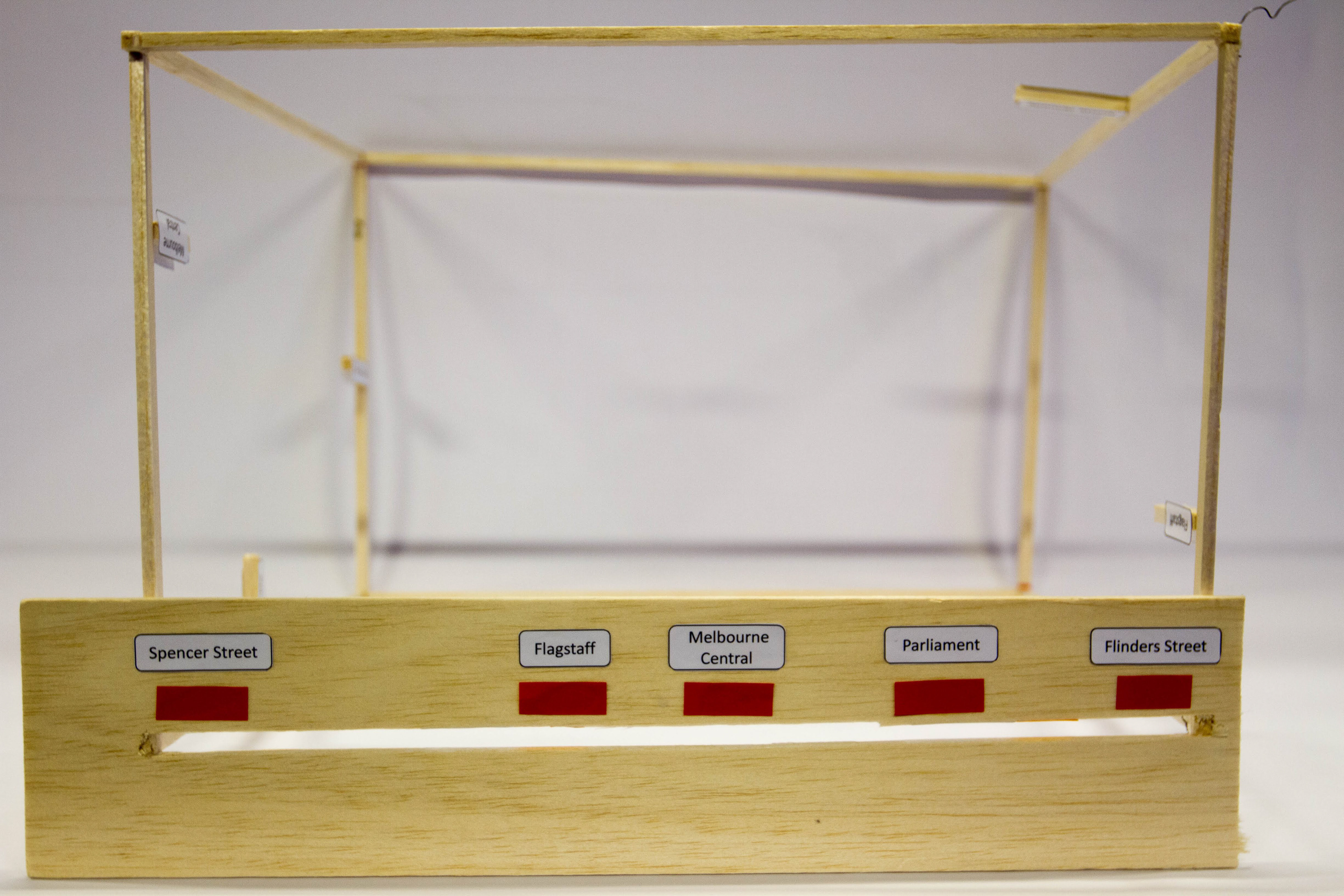
This line is one- dimensional.
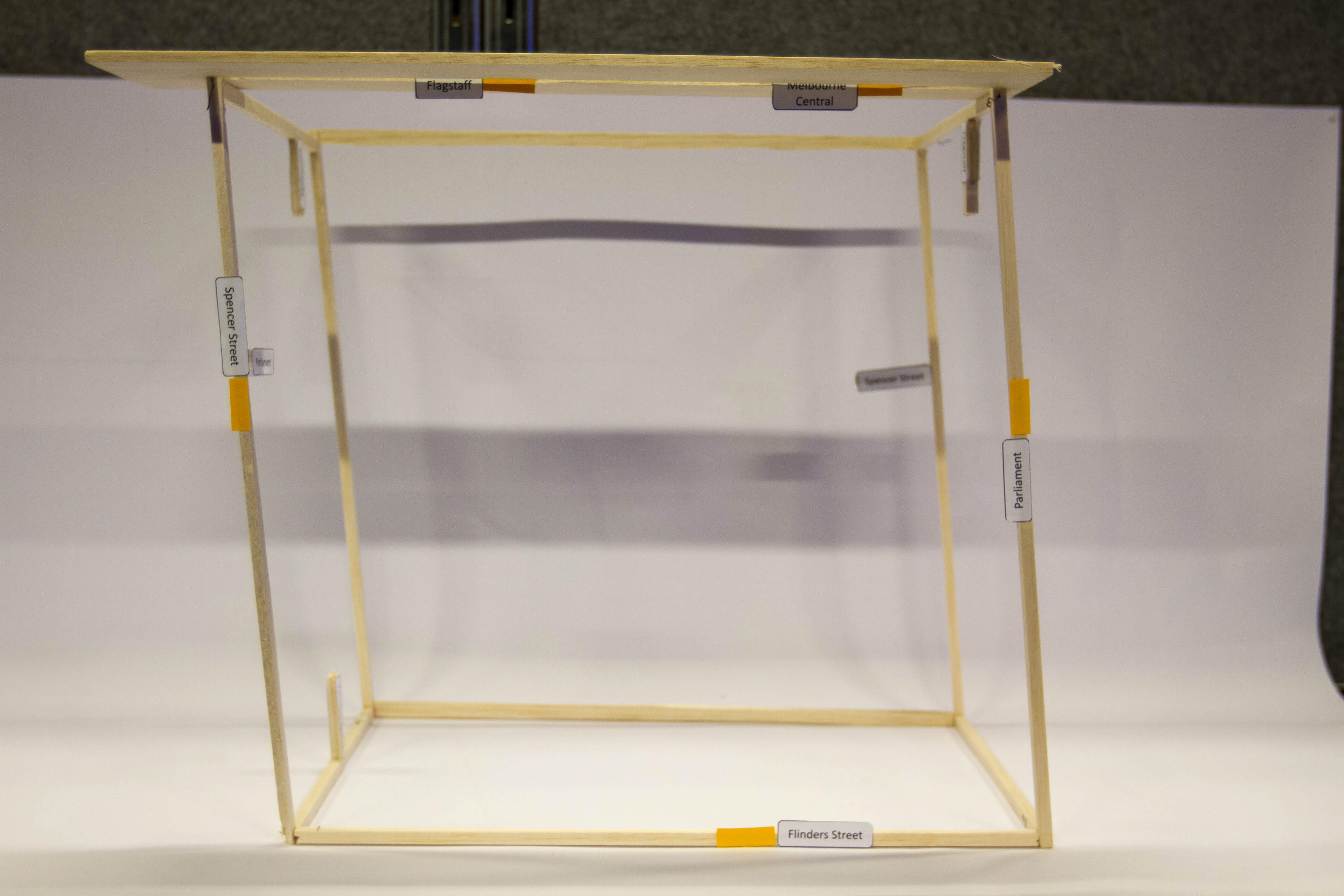
Blow the gap, this side is two dimentional.
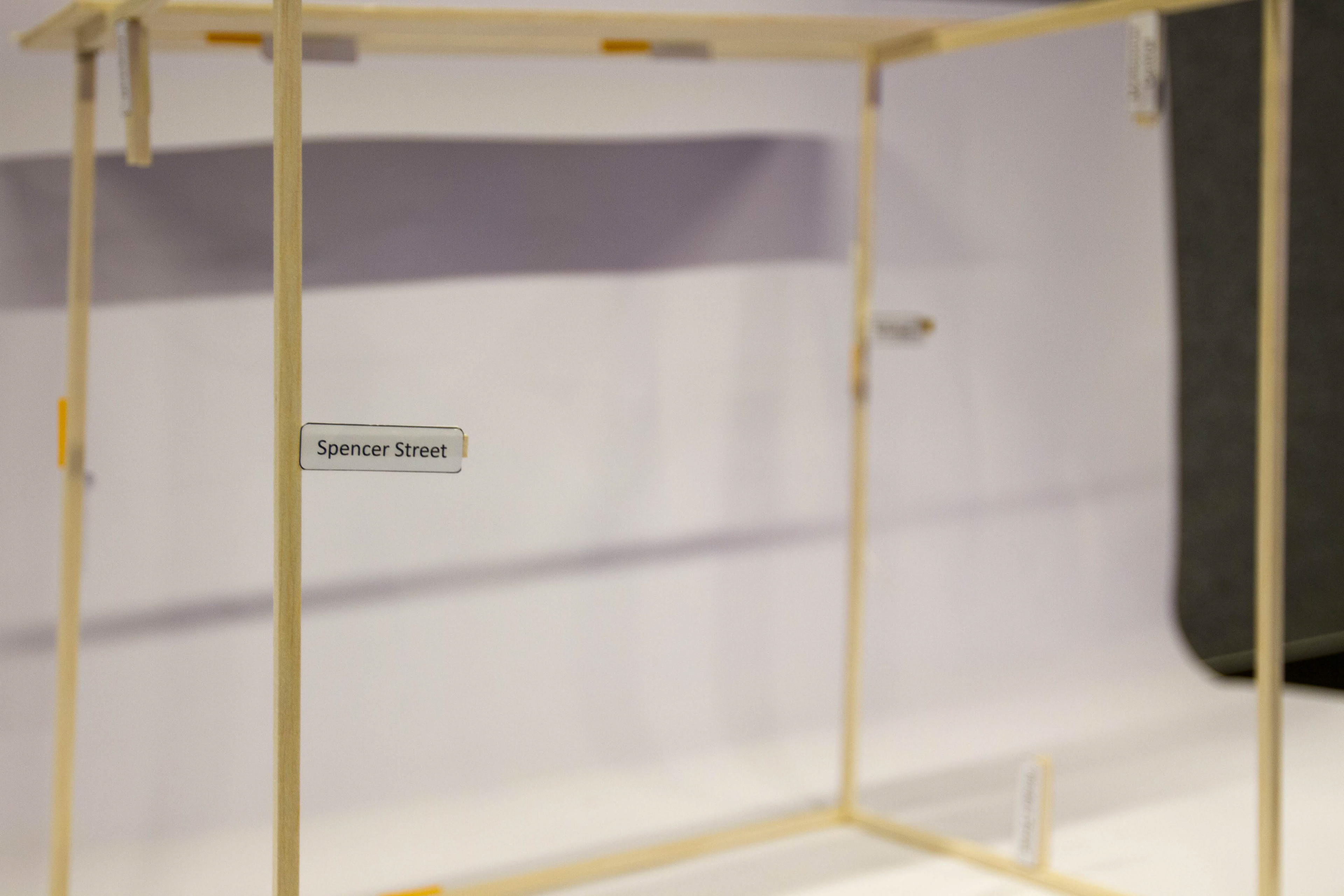

To see inside from side, it is space dimension.
Week 7 Sant'Andrea al Quirinale, Rome Dr Trish Pringle
Destination: Corrs Lane St
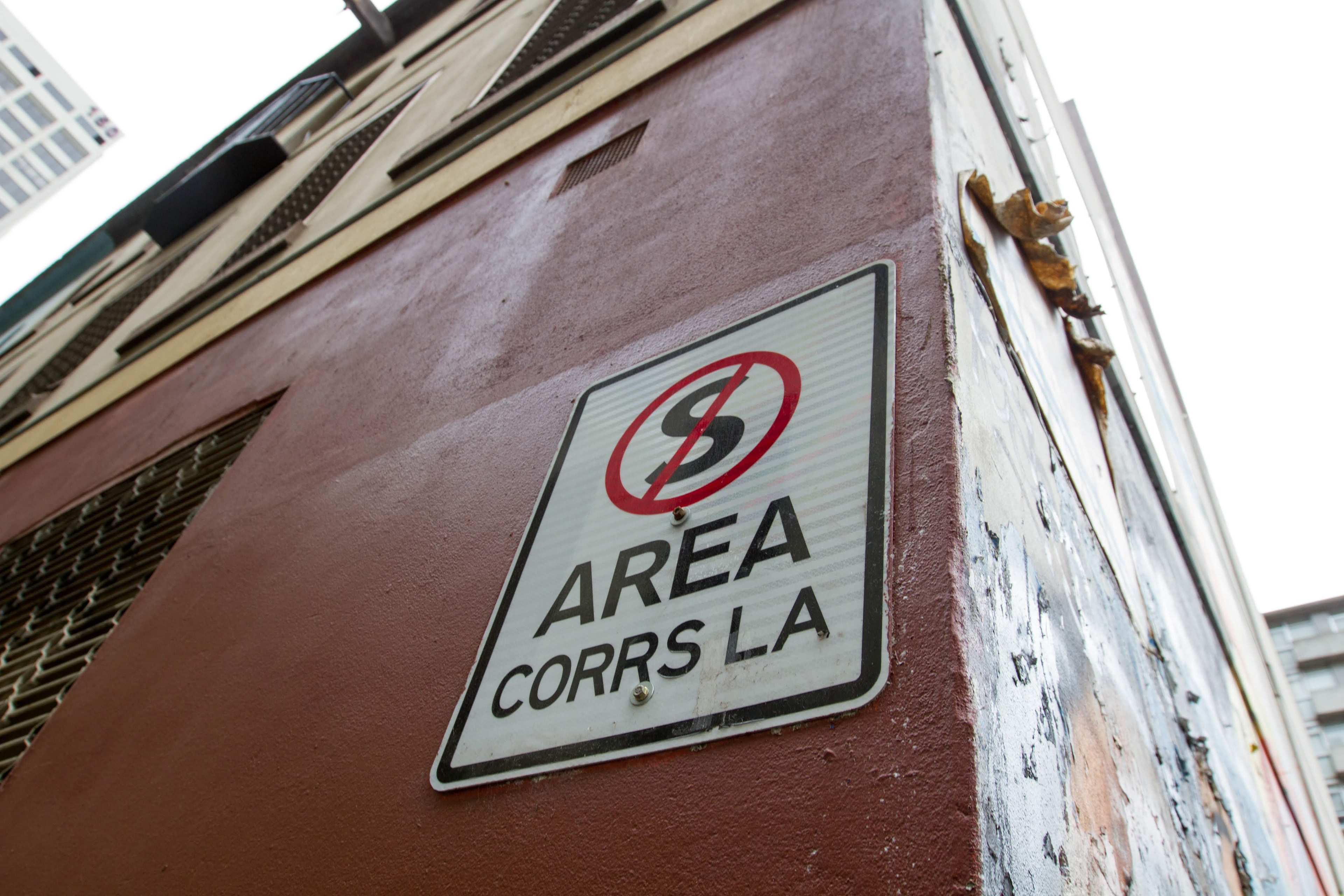

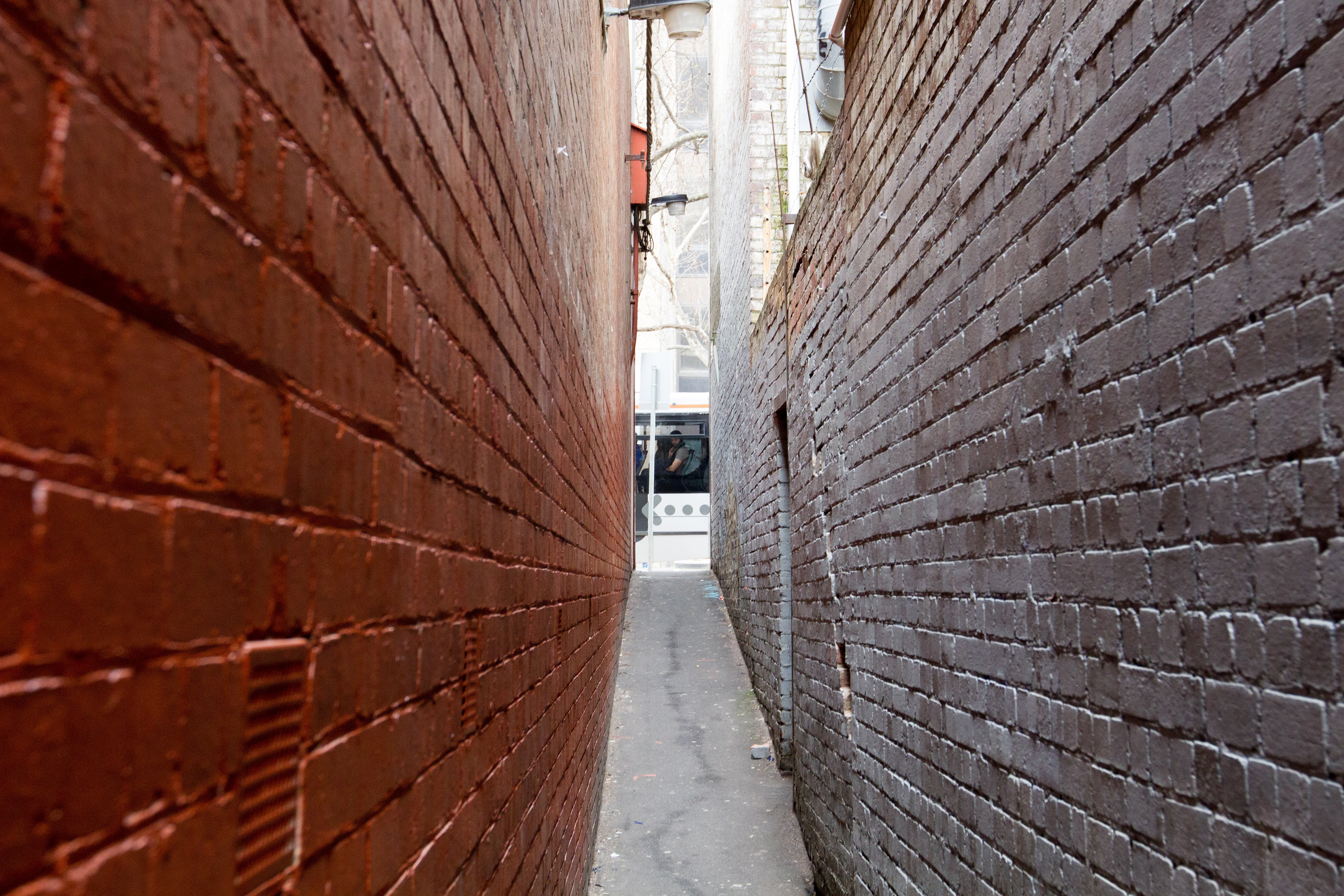
In week 7, Pringle talks about knowledge and experience. The more knowledge you have, you can have more experience. talk about "baroque" and "golden age of the catoptric apparatus".
MODEL


Corrs Lane St is very narrow street, it's like tunnel, fissule. connect street and chinatown. It is like fast pass cut through two space. It made me think about warmhole, it is connct two diferent space in universe.
Also I used mirror paper to response "the golden age of the catoptic appatus"
Also I used mirror paper to response "the golden age of the catoptic appatus"
Week 8 Do-ho Suh Dr Roger Kemp Memory and Material
Destination: Children's Garden
The first destination is the bamboo and children garden in Royal Melbourne Botanical Gardens.
When I went to the children garden, the children garden have a lot of low space, such as a row of low trees (picture 1) and Tree hole (picture 2). I need to get down the body to cross this place.I recorded the experience.

Children garden
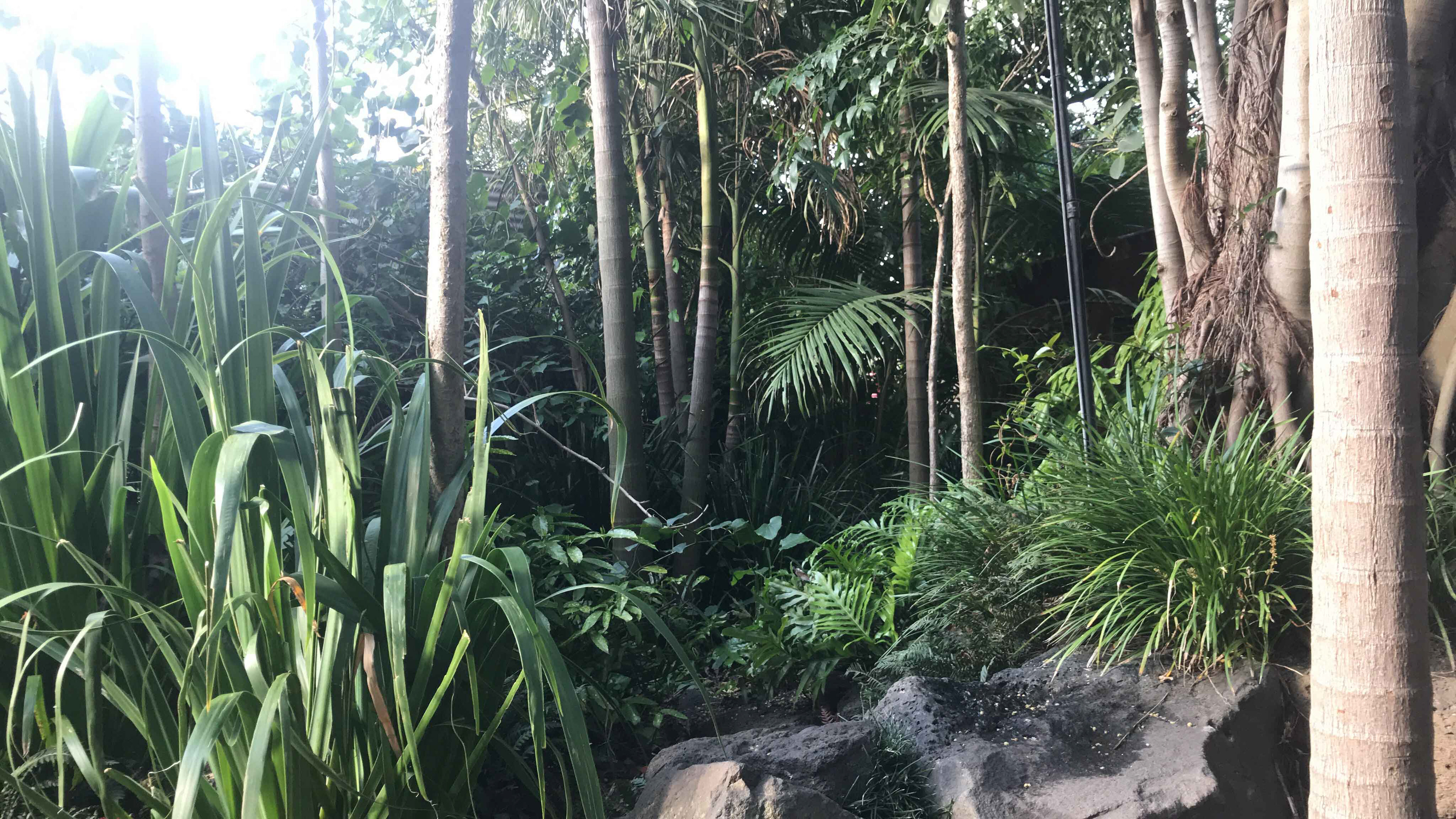
plants

Trees in Children garden
Also the material, Children garden, and Bamboo covered in plants and trees. (picture 3, 4 & 5)
It is also let me think when I child, I live with my grandma for a long time. My grandma home is in the countryside where have a big tree in the yard, And I have a lot of fun in that yard. I grew up in that environment.
When I study in the junior high school, I moved to the another city, I have lived in the apartment lately, and my home town is an industrail city, I did not have many chances to get in touch with nature.
In the children garden, plant surrounds me; the whisper of a breeze; the sound from the bird. I live in city now, I rarely heard a bird. Sound of nature remind me of childhood memories.
When I study in the junior high school, I moved to the another city, I have lived in the apartment lately, and my home town is an industrail city, I did not have many chances to get in touch with nature.
In the children garden, plant surrounds me; the whisper of a breeze; the sound from the bird. I live in city now, I rarely heard a bird. Sound of nature remind me of childhood memories.
Bamboo Garden
Bamboo garden
When I stood in Bamboo garden, which like creating a private space. Bamboo is green, created quiet and secluded atmosphere, give me relax and peaceful feeling. I think this is a connection between memorial and materials.
Great Hall at the NGV
Great Hall at the NGV
The second destinations is Ceiling, Great Hall at the NGV, which is made by Leonard french. The ceiling has a lot of different colour cubes. The sunlight is beaming through the ceiling to reach the ground, which makes vivid and colorful feeling, let me feel positive things. the ceiling remind me windows in the church, a feeling that this place is sanctified.
Prototype
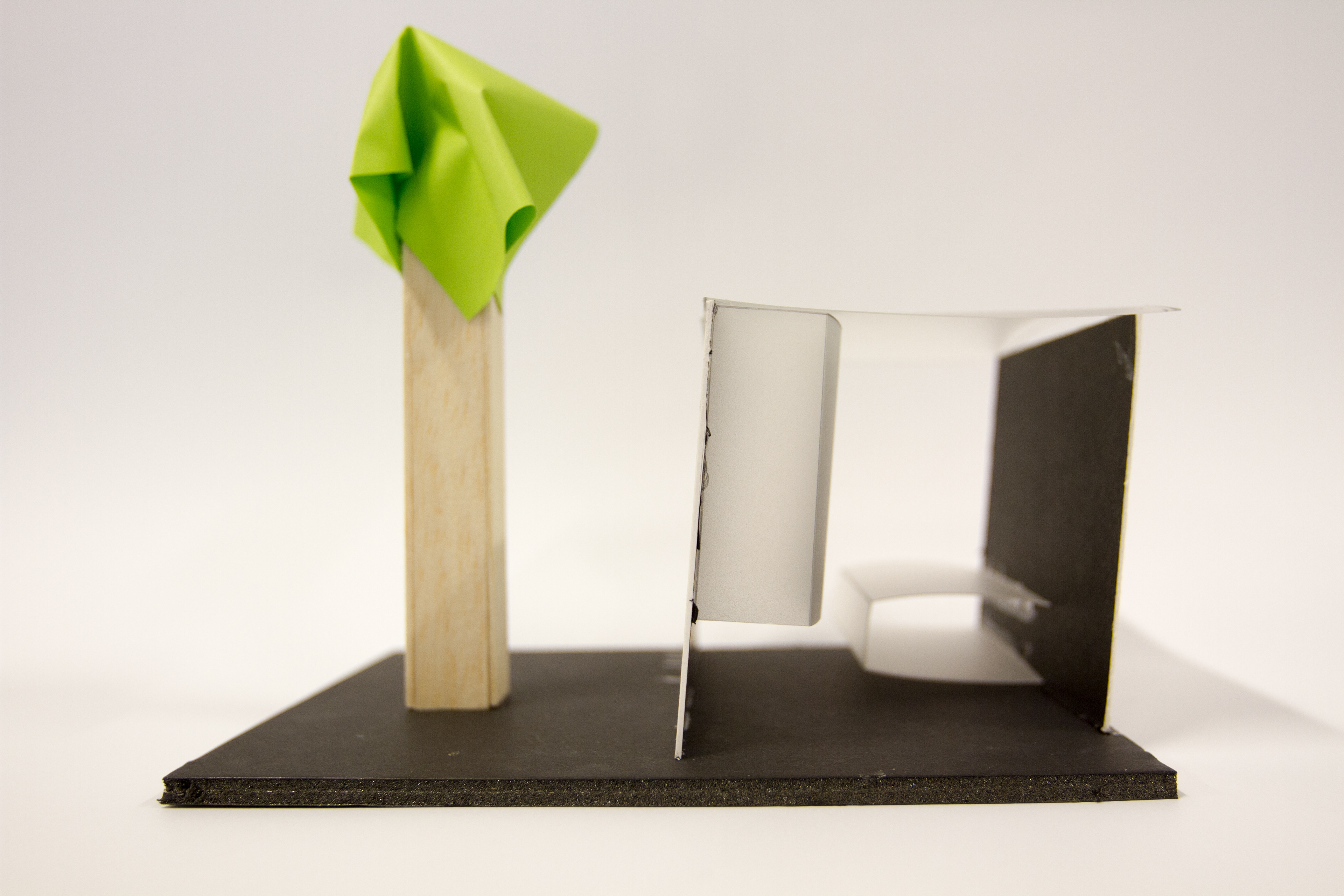
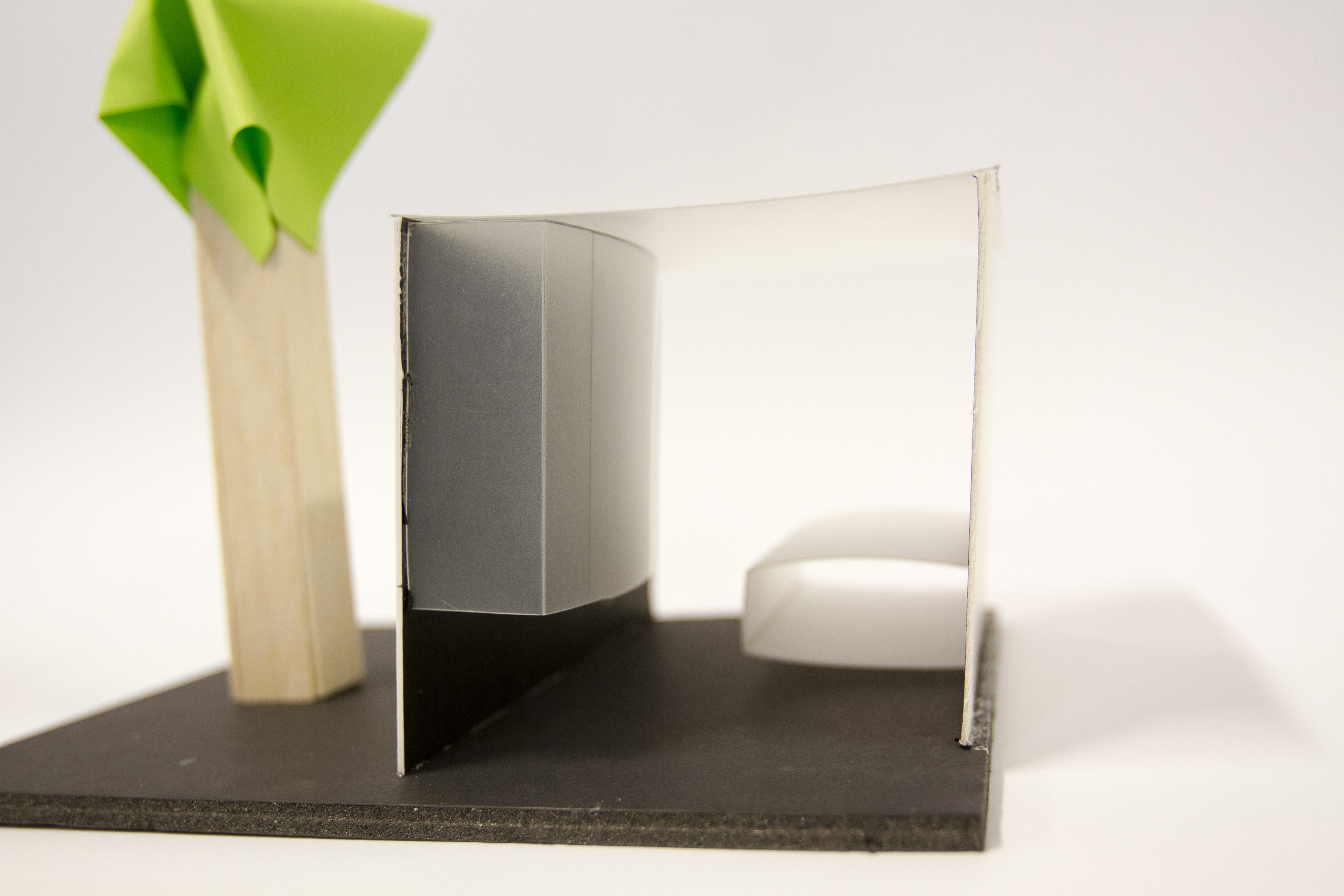

In the model, for the response to Do Hu Suh works, I based on my memory to make an interior in my childhood. I sketched my interior in childhood and made a simple model. When I made model, the nostalgic come to mind, the concept of home and memory live in the heart. Like the reading shows “a world that rustles like silk walls, expanding and contracting, as slowly and inexorably as the movement of bodies and the migration of cultures across real and virtual distances. In this world, the idea of home resides solely in memory and metaphor.” I used PVC sheet as model material. Memory is insubstantial and consciousness, using transparency PVC sheet give sense of not true feeling, and express the "home" in the different times which is no specific space.
Final Model



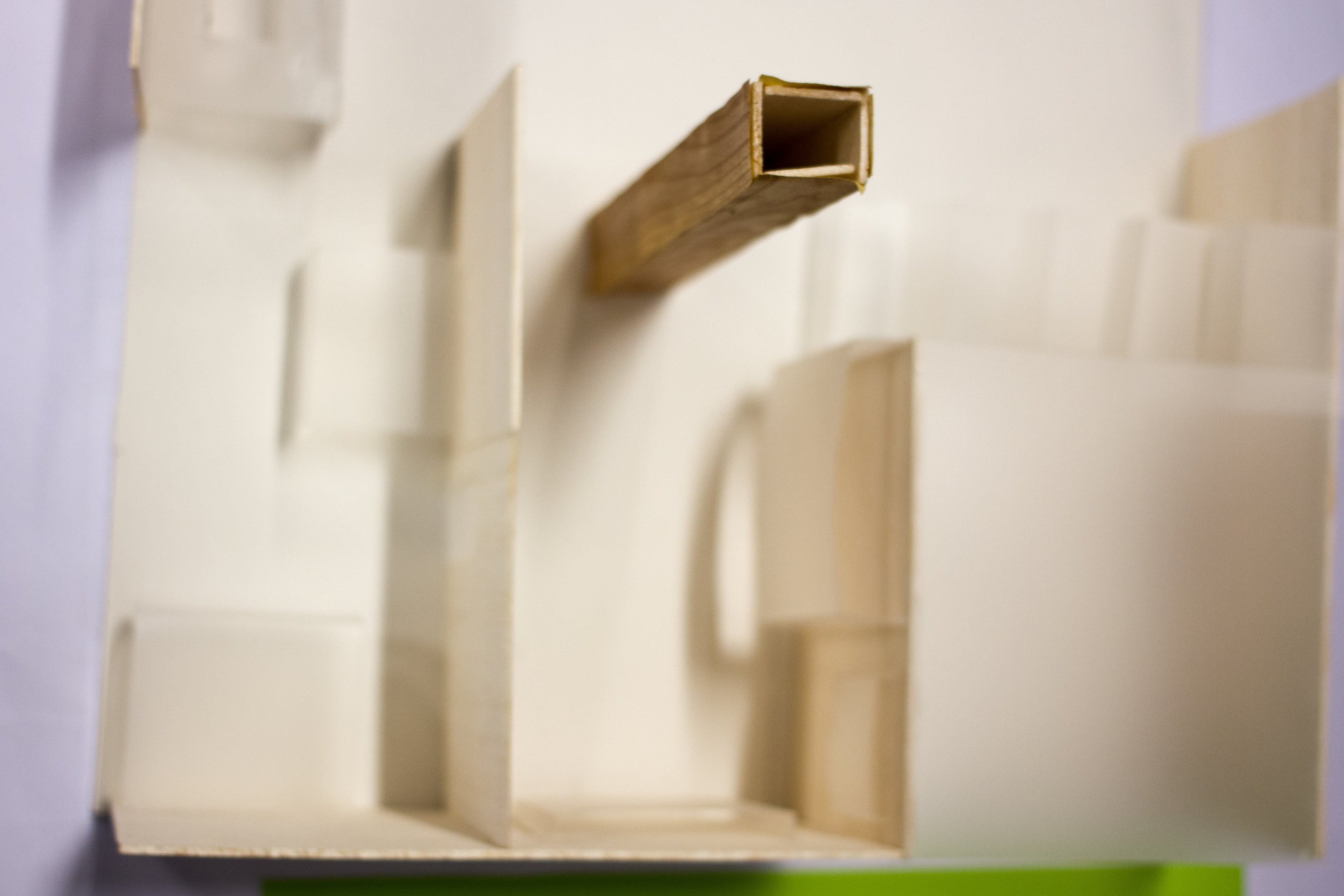
I follow this line of thinking, developed the prototype, add more furniture, make my "home" from my memory more complete. Also, the big tree in childhood was printed on my brain, so I made the model of the tree stand out and put in the middle. I put a big paper on "tree trunk," one reason is to represent many branches, another reason is that paper cover the whole model, everyone memory is unique and hidden deep in the heart.
Like Do Ho Suh, I want make model more mobilty and can carry around. moves with me with a person "ohysically (clothing, house) and mentally (space of memory)"1
Memory and material is correlative, material can stimulates memory, material can have special meaning from memory.
Like Do Ho Suh, I want make model more mobilty and can carry around. moves with me with a person "ohysically (clothing, house) and mentally (space of memory)"1
Memory and material is correlative, material can stimulates memory, material can have special meaning from memory.
